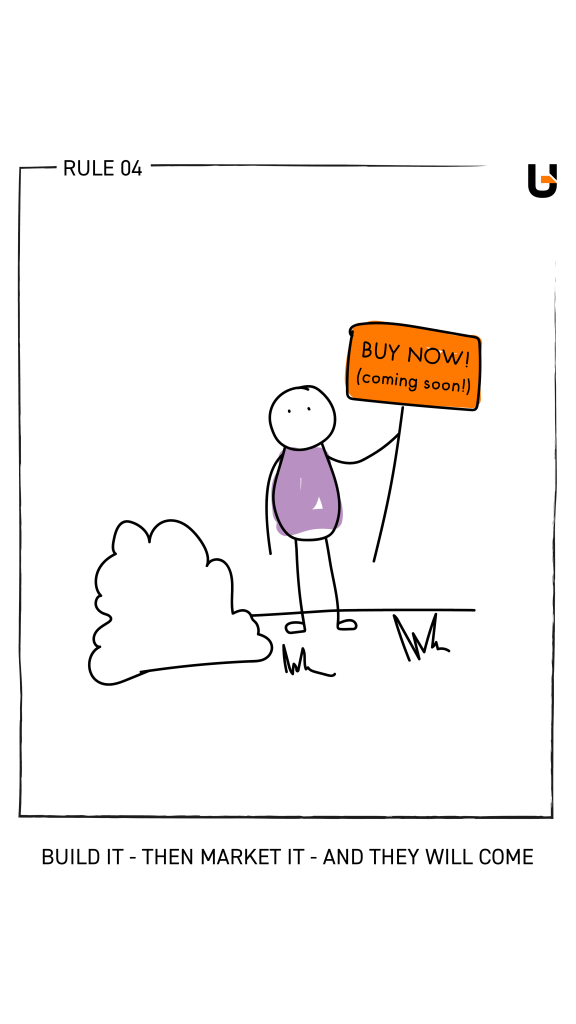Data Analysis, AI and Personalization / How Do New Adobe Commerce Features Support Sales?
As the e-commerce market constantly evolves, personalization has become a key success factor for companies active in both the B2C and B2B sector. The new version of Adobe Commerce comes with solutions such as segmentation and targeting, optimized Live Search results, the use of high-intent data, negotiation capability, as well as improved views of offer details. With these features, companies can gain a competitive advantage and increase customer satisfaction.
Personalization in B2C and B2B E-commerce
In the highly competitive e-commerce industry, delivering an exceptional shopping experience not only attracts customers, but also helps increase their loyalty, boost sales and build lasting business relationships. Personalization plays a fundamental role in this process, as it strengthens customer relationships, including in the B2B sector, where transactions are usually more complex and require the involvement of many people.
In the B2C area, personalization is focused on individual consumers. With advanced technologies and data analysis, companies can accurately identify the purchasing behaviors, preferences and needs of their customers. This enables the delivery of personalized product recommendations, content and propositions that are more attractive to buyers.
The B2B sector, on the other hand, is based on relationships and rules of cooperation. Access to B2B e-commerce platform data such as purchasing history, customer preferences or order size, allows sellers to prepare personalized offers, taking into account specific commercial conditions and adjusted prices. This, in turn, facilitates negotiations and development of long-term business relationships based on mutual trust.
Advanced Segmentation and Targeting
All activities related to personalization begin with an in-depth data analysis. In this way, the company can get to know its customers and their habits. With an advanced segmentation, customers can be divided into different groups based on demographics, purchasing behaviors, product preferences, location, etc. The next step after segmentation is targeting, i.e. delivering personalized content, offers and advertisements to the right groups of customers. In Adobe Commerce, implementing such an advanced personalization strategy is enabled by the analysis of data from the retail site, ERP and CRM systems, and AI-based segmentation tools, available in the Real-Time Customer Data Platform.
This improves the likelihood of conversion and strengthens loyalty. A customer who is well served is more willing to buy again – 56% of online shoppers are more likely to return to a website that recommends relevant products.

E-commerce platforms support the creation of personalized experiences, and can be used to create promotional scenarios aimed at precisely selected audiences. Each customer segment may have different promotion-related preferences and requirements. For example, some customers may be more interested in percentage discounts on an entire collection of products, while others may prefer free delivery or gifts for purchases above a certain amount. Matching the promotion to the needs of individual segments is a way to increase the attractiveness of the proposition for each customer group.
AI-Optimized Live Search Results
The search engine is one of the most essential tools in e-commerce. Optimized, AI-powered search results allow customers to quickly find what they are looking for. AI analyzes users’ behaviors, preferences and purchase history and provides personalized results, which increases the odds of meeting their needs.
The Live Search feature has been available in Adobe Commerce for almost two years now, providing accurate search results without the need to invest in expensive third-party solutions. The latest version extends Live Search to include the use of Adobe Sensei to deliver personalized results that increase search relevance and conversion rates.
Customers can optimize search results for specific queries by selecting one of five AI algorithms. To see the expected impact, you can check the test window before launch. The “Recommended For You” algorithm presents products based on the shopper’s current and past behavior on the site, while “Trending” promotes items based on recent sales. The search engine is just as precise as it is fast – with the Live Search widget, the results pages load about five times faster.
Use of High-Intent Data
High-intent data is information derived from commercial interactions and points to a customer’s clear interest in purchasing a particular product or service. The analysis of this data plays a vital role in e-commerce personalization and allows companies to more effectively adjust the proposition to customer expectations, e.g. through accurate recommendations, which in turn increases conversion.
Last year, the Adobe Experience Platform connector (now known as Data Connection) unlocked new ways to easily share high-intent data with other Adobe applications and third parties. In its latest version, this solution extends the scope of shared data, as it includes information on the status of orders from the back-office area – so it’s about orders placed and shipped, as well as those canceled, returned or shipped. This opens up new possibilities when it comes to a personalized approach to customers. For example, when an order is canceled due to supply chain issues, a replacement offer can be automatically sent to the customer at an attractive discount.
The same data can also be used to analyze the impact of canceled orders on customer lifetime value (CLV). In the case of B2B customers, Data Connection provides information about creating shopping lists and adding or removing products from the list – in this way, you can track and respond to your business partners’ purchasing behaviors. With this information, you can engage customers more effectively, provide more relevant offers and services, and increase the basket value.
New Features in B2B E-commerce Support
Along with the rapid development of technology and changing customer expectations, e-commerce platforms are introducing new functionalities in the area of B2B shopping. They bring significant benefits to companies, boost scalability and efficiency, and ensure greater personalization of business partner experiences.
Seller-Initiated B2B Quotes
Seller-initiated B2B quotes are an important feature in B2B e-commerce as they allow personalized commercial offers to be made to business customers. The ability to proactively initiate the pricing process is helpful especially in the case of more complex orders that require agreeing all terms with the customer and proposing a customized solution, e.g. regarding the method and cost of shipping or an individual discount.
In the previous version of Adobe Commerce, offers could only be created at the storefront level by a buyer or by a seller logged in as a customer. Now sellers can initiate a quote for the buyer directly from the Quote and Customer tabs in the admin panel. This feature simplifies the pricing process, making merchants’ work easier. If the customer has not initiated the order, the seller can quickly create a quote on behalf of the customer and begin the negotiation process. Another step streamlining this process is the ability to save the offer template with all negotiated terms and prices – this feature is expected to be available in Adobe Commerce in 2023.
New Discounts on Products and the Possibility to Negotiate
Commercial negotiations is what characterizes the B2B sector. Historically, they would take place offline, during business meetings, phone calls or email communication. However, as e-commerce platforms have developed, new possibilities have emerged as to how companies can communicate and negotiate with each other.
In the new version of Adobe Commerce, sellers may negotiate the pricing of individual products (rather than just the whole offer), which allows personalized discounts to be applied. All communication takes place on the e-commerce platform, with comments being exchanged on a specific product until an agreement is reached. This makes the negotiation process more flexible and accurate, which helps find a mutually satisfactory solution faster.
New and Improved View of B2B Offers Details
The way products are presented is becoming more and more important for B2B customers who are looking for comprehensive information about products or services to take well-considered purchasing decisions. A product overview should include detailed descriptions, technical data, benefits, use cases and availability information. All this information is presented in the offer details view, which provides customers with a full range of information relevant to making purchasing decisions. A properly structured view of offer details also makes it easy to compare different products or services.
The latest Adobe Commerce update gives sellers and customers even more control over B2B transactions as they can add items to the offer by SKUs or by using the product catalog. Further to this, they can freely add or edit notes and apply discounts to individual items. In addition, product configuration can be accessed directly from the offer page, which streamlines the order modification process.
In conclusion, personalization plays a major role in both B2B and B2C e-commerce. In the B2B sector, it helps in building lasting business relationships and providing offers tailored to the individual customer needs. On the other hand, in the B2C sector, it is a way to provide a personalized shopping experience, increase customer loyalty and drive conversion. Investments in new IT technologies, such as artificial intelligence and advanced data analytics, are essential for companies that wish to succeed in the competitive e-commerce market. With its new features, Adobe Commerce is a platform that ensures faster response to evolving customer needs and preferences, and consequently leads to more successful and satisfying transactions.







